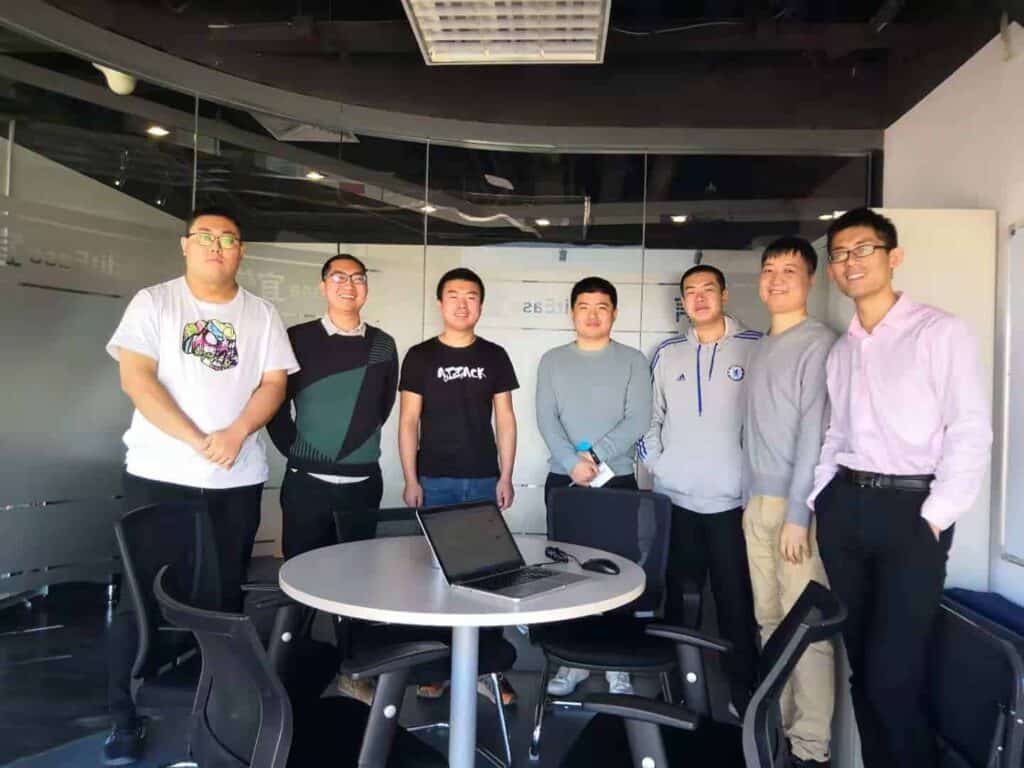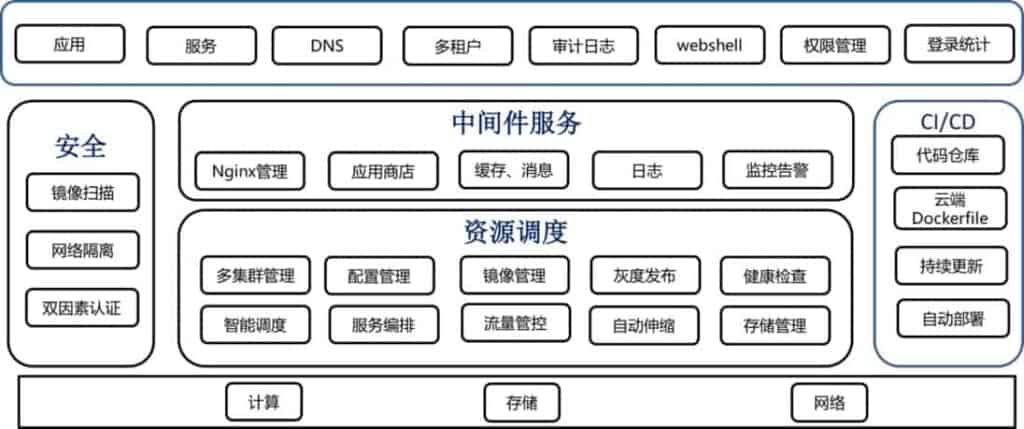
How Kubernetes is enabling CreditEase’s fast iterations of fintech services
Challenge
A leading fintech conglomerate in China, CreditEase has grown over the past 12 years, and its legacy monolith built on VMWare Vsphere was struggling to keep up. It took too long for applications to get online, and it was difficult to ensure the consistency of the environment. Applications had complex life cycle management, with multiple production and build environments. Autoscaling and rapid development weren’t possible. Embracing microservices, containerization, and continuous delivery helped but with tens of thousands of containers in the production environment, CreditEase was in need of a management system.
Solution
The CreditEase team chose Kubernetes for orchestration. “Kubernetes is the best in overall architecture, design concept and community activity,” says Xiaoyu Chen, Container Cloud Architect. Plus, “it is very important that Kubernetes is hosted by CNCF, which guarantees its neutrality and means it is not tied to a commercial vendor.”
Impact
“The application update and rollback can be completed more quickly through packaging the microservices into the container and using Kubernetes,” says Chen. “Because different teams can be responsible for different services, they complete the iterations and update of products faster, without waiting for the release of the entire project.”
By the numbers
Development and delivery efficiency improved
Saved cost of commercial hardware
Tens of thousands of containers in production environment
A leading fintech conglomerate in China, CreditEase provides individual customers, businesses and startups with a large variety of lending and wealth management services.
With its stated mission of “Better tech, better finance, better world,” the company is focused on quickly developing innovative products and services using big data financial cloud, Internet of Things, and other technologies.
As the company has grown over the past 12 years, its legacy monolith built on VMWare Vsphere was struggling to keep up. There were many challenges the company wanted to solve: It took too long for applications to get online, and it was difficult to ensure the consistency of the environment. Applications had complex life cycle management, with multiple production and build environments. Autoscaling and rapid development weren’t possible. And on top of that, the commercial software being used was costly. “The long cycle of development and delivery was not suitable in the current internet environment,” says Xiaoyu Chen, Container Cloud Architect.
Embracing microservices, containerization, and continuous delivery made it “possible to complete product iterations faster and find problems and solve problems earlier,” says Chen. But with tens of thousands of containers in the production environment, CreditEase was in need of a management system that also provided application monitoring services such as call chain tracking and network monitoring and a set of CI/CD systems supporting multiple languages.


After considering a number of technologies, the CreditEase team chose Kubernetes for orchestration. “Kubernetes is the highest in overall architecture, design concept and community activity,” says Chen. Plus, “it is very important that Kubernetes is hosted by CNCF, which guarantees its neutrality and means it is not tied to a commercial vendor. And the cross-industry investment in Kubernetes has promoted the development of the technology.”
The CreditEase team has seen considerable time savings with its move to microservices running on Kubernetes. “The application update and rollback can be completed more quickly through packaging the microservices into the container and using Kubernetes,” says Chen. There’s no longer the risk of downtime throughout a single large application caused by a small section of buggy code.
“The current product iterations are getting faster and faster, as the delivery online is completed in the shortest time.”
— XIAOYU CHEN, CONTAINER CLOUD ARCHITECT AT CREDITEASE
“Because different teams can be responsible for different services, they complete the iterations and update of products faster, without waiting for the release of the entire project,” adds Chen. “The container cluster supports most of the company’s business scenarios, so on the one hand, development and delivery efficiency is improved, and on the other hand, the cost of commercial software is saved.”
In addition to Kubernetes, the CreditEase platform uses other CNCF technologies including Prometheus, Helm, and Harbor. “We use the container image repository Harbor, which carries out an image scan in clair, Helm container deployment, underlying Docker virtualization, Flannel network plug-in, and NFS shared storage,” says Chen.
“Because different teams can be responsible for different services, they complete the iterations and update of products faster, without waiting for the release of the entire project.”
— XIAOYU CHEN, CONTAINER CLOUD ARCHITECT AT CREDITEASE

Chen has this advice for other companies considering cloud native architecture and practices: “They need the participation of relevant technical staff, and they should use the project with the highest community activity, so that any problems can be solved in a timely manner.”
With those two things in place, CreditEase has had a successful transition to cloud native. “The current product iterations are getting faster and faster, as the delivery online is completed in the shortest time,” says Chen. “Kubernetes will continue to promote and support more of the company’s future business scenarios.”
